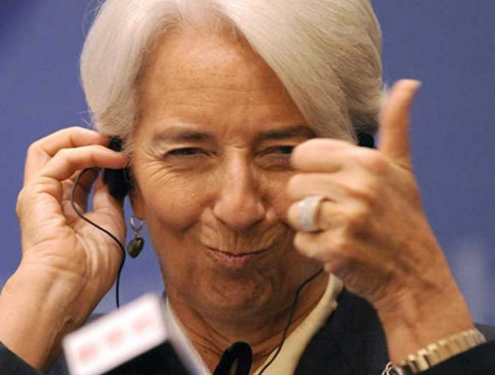International investors are making big purchases in China’s $1.4 trillion pool of distressed loans as they pile up at faster than state-owned banks can clear them away.
Foreign buying of Chinese distressed loans totaled 22 billion yuan ($3.27 billion) by book value in 2018, said Li Jiaqi, an executive director at Shenzhen Qianhai Financial Assets Exchange, a brokerage for bad debts. That is double the value in 2017, and 2019 is expected to be even larger.
American and European funds have waded in. Oaktree Capital Management CEO Jay Wintrob said his firm invested in distressed Chinese loans during the October-December quarter. Foreign investors were buyers in more than 10 bulk sales last year, with some, including Lone Star Funds, Bain Capital and Goldman Sachs, making multiple purchases.
The foreign money pouring into China’s distressed debt market, chasing after discounts, reflects the depth of the country’s bad-loan problem and hints at the limits of Beijing’s deleveraging effort.
Buying opportunities can be found in the victims of China’s slowing economy, such as a shuttered textile factory two hours west of Shanghai in the Jiangsu Province city of Suzhou. The 100,000 sq. meter grounds are abandoned, and the factory’s interior is littered with material.
The site was sold in early March by a distressed debt disposal company under state-owned Agricultural Bank of China, one of the country’s big national lenders.
The company recruited buyers in a bulk sale of more than 200 loans, selling them for 20% to 30% of their 5.9 billion yuan book value, according to a broker for such deals.
China’s commercial banks carried 2 trillion yuan in nonperforming loans at the end of 2018, up roughly 300 billion yuan from a year earlier, according to the China Banking and Insurance Regulatory Commission. Although disposals quickened to an annual pace of 1 trillion yuan, loans have gone sour at an even quicker rate.
(more…)





